Last year’s airing, in Star Wars: The Clone Wars, of the four episode arc known collectively as ‘The Umbara Story Arc’ (starting with season 4 episode 7 “Darkness on Umbara”, continuing with the episodes “The General” and “Plan of Dissent”, and culminating with “Carnage of Krell”) has brought to the forefront what I call the ‘plight’ of the clone soldiers. I use quotation marks on that word because it’s one that isn’t limited to in-universe, but out of universe too, and it’s also not technically a plight, but it’s something that fascinates me, nonetheless. In universe, they are beings who are bred for one purpose, who can expect nothing out of life, who will live a stunted life – thanks to quickened ageing – and aren’t thought of as ‘proper’ beings, with the same rights afforded to nearly everyone else (save from slaves) under the Old Republic government, during the time of the Clone Wars in the Star Wars galaxy.
Out of universe, they are, in my opinion, a underutilised factor in the making of novels (and other storytelling mediums) set in the Clone Wars era. So, I thought it would be a good idea to record the history of their appearances, and how they’re portrayed in brief.
The Original Trilogy Films.
Thanks to the rapid ageing, we can determine that original clones from the Clone War would have been somewhere around the 50-60 years age range (this depends on the person, since factors like stress or clean living can quicken or slow the ageing process, according to Karen Traviss’ novels), and so it would seem likely that they wouldn’t have been used at the time of the original trilogy (IV, V and VI). However, thanks to the novel Luke Skywalker and the Shadows of Mindor (set in 5.1 ABY – After Battle of Yavin), we know that at least one of the original (Jango) Fett clones survived past the films – clone GC-1000, named Klick by a ‘humour-challenged’ Jedi Padawan.
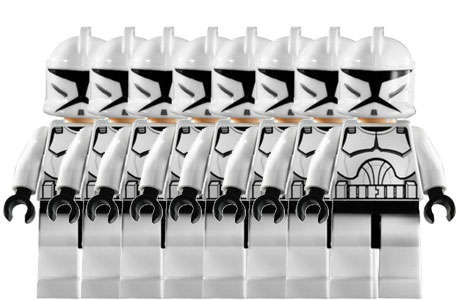 Beyond that, we can confirm that at least one more clone trooper survived to the films. We know this because the single player missions for the game Battlefront II featured journal records voiced by a ‘retired clone trooper’ of the 501st Legion – named after the real world cosplay charity group – and this Legion was composed entirely of Fett clones, only. From this game, we know that it was this division that stormed the Tantive IV in Episode IV, and fought alongside the Blizzard Force unit in the battle of Hoth in Episode V. Because of these two sources, I feel it’s quite safe to assume that we did see clones in those films.
Beyond that, we can confirm that at least one more clone trooper survived to the films. We know this because the single player missions for the game Battlefront II featured journal records voiced by a ‘retired clone trooper’ of the 501st Legion – named after the real world cosplay charity group – and this Legion was composed entirely of Fett clones, only. From this game, we know that it was this division that stormed the Tantive IV in Episode IV, and fought alongside the Blizzard Force unit in the battle of Hoth in Episode V. Because of these two sources, I feel it’s quite safe to assume that we did see clones in those films.
One of the things I’ve noticed in the novels, if you can forgive my brief, seemingly nonsensical segue, is that the characterization is negligible. It’s something I lament, given that I enjoy clone-centric episodes of Star Wars: The Clone Wars animated cartoon more than most others, but it is understandable, given that they’re not the focus of the stories, but rather just background extras, if you will. This is the case in the films. They’re the bad guys in the films; and in their scenes the action takes center stage, and the story of our heroes, too, which is why I’m not expecting nor demanding a long, emotional soliloquy from one of the stormtroopers telling us what it’s like to be brought up in a vat, instead of two stormtroopers talking about the new model speeder on the Death Star, to be included when the Final, Definitive, Not-To-Be-Changed-Again, Special, Special, Special Edition, Directors Cut of the original trilogy in 3D pops up on store shelves.
After that, there was very little mentioned in the novels or comics (which, for sake of expediency and clarity I’ll not include in this post) of the Clone Wars, or indeed the clones themselves. This is because the novels that we get are placed either slightly before, during, or after the films, with Lucas ordering that there be no stories to be written, or expanded upon in any great length, about or during the Clone Wars or the Dark Times (the period between Episode III and IV where the Empire solidified their influence and power).
Thanks to the marvellously written “Star Wars Dissection” column on EUCantina.net by one Andrew Halliday (all of which I highly recommend), we know that there were ‘numerous theories about the date and nature of the Clone Wars’. Again, because the writers were kept in the dark as much as we readers were. Still, back story is necessary, and they had to write something, and their theories included: that the Republic and the Jedi fought a war against the Mandalorians, who then fought against the Empire (there is no mention of clones). The Thrawn Trilogy established that the Clone Wars were a series of conflicts between the Republic and insane clones, who were led by Clone Masters. Of course, none of these were ‘true’, and were retconned into other things (source: Star Wars Dissection: Retcons).
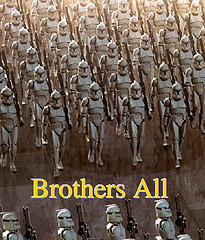 Another source of contention was the date of the Clone Wars. There were a few theories that were put forward, and some of them were close, though others were, it later turned out, highly inaccurate. For example, some put forward that the Clone Wars took place long before the Empire came to power, or perhaps, that column suggests, that they took place only a few years before the films. The theory put forward in The Thrawn Trilogy is that the Clone Wars took place in 35 BBY.
Another source of contention was the date of the Clone Wars. There were a few theories that were put forward, and some of them were close, though others were, it later turned out, highly inaccurate. For example, some put forward that the Clone Wars took place long before the Empire came to power, or perhaps, that column suggests, that they took place only a few years before the films. The theory put forward in The Thrawn Trilogy is that the Clone Wars took place in 35 BBY.
Indeed, the Official Star Wars Souvenir Manual 1998 provides a timeline. The entry for 35 BSW4 (Before Star Wars Episode IV, or 35 BBY) writes: “End of the Clone Wars, a violent conflict in which the Jedi Knights fight to defend the Old Republic. Obi-Wan Kenobi and Anakin Skywalker emerge as heroes.” The entry for 29 BSW4 states: “Fall of the Republic. A dark period when corruption and injustice sweep through the Republic. Senator Palpatine rises to power.” It’s also noted as the date of birth for Han Solo. And in 18 BSW4 we’re told that: “Anakin Skywalker becomes Darth Vader; the Empire is formed, with Palpatine as Emperor. The first stirrings of rebellion begin.” Again, it notes that the birth of Luke Skywalker and Leia Organa are in this year. It would be several years until we heard more from the clones, and the Clone Wars. These were our Dark Times. But then the prequel trilogy came along, and some fans would argue that the real Dark Times began. But we won’t get into that …
Noted for its wooden acting, poor dialogue and Padme’s bodice, Star Wars: Episode II – Attack Of The Clones also featured, yep, clones! And, we must not forget, the beginning of the Clone Wars. What was merely a throwaway line uttered by habitual liar and hermit, Ben Kenobi – as he told a young Luke Skywalker about the legacy of how his father, Anakin Skywalker, left him – fans finally got to see what they had been imagining for well over twenty years. But there was very little to see, as the breakout started late in the film.
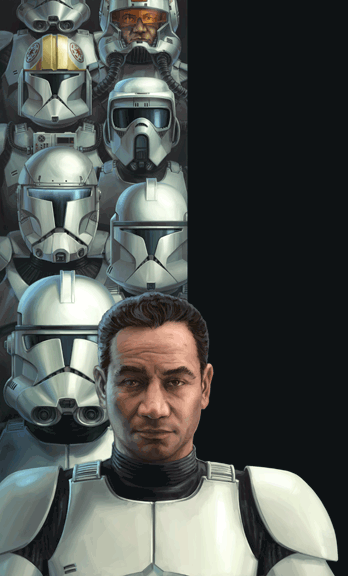 What we saw was still visually stunning and very interesting. This is especially so when you think about the tactics involved in the battle of Geonosis. The clone army was employed in a tactic known as the ‘human wave’. This tactic was used a great deal by many armies in our own wars, but most notably it reminded me of the Bulldozer tactic of the Russian army in World War I. This was where armies would send wave after wave of densely packed and unprotected soldiers against the defensive line of the enemy, using speed rather than skill, and hoping that their overwhelming numbers would scare the enemy into retreat. The Russians were notable in that they often only armed the soldiers in the first few waves, thinking that those behind could simply pick up weapons dropped by the previous attackers. What we saw in the film was reminiscent of this (though the clones in the back were armed, too, but that’s another thing which I’ll elaborate on in a minute). They attacked – or defended, it was rather too chaotic to tell – en masse, contradictory to real-world, modern infantry tactics. Though, to be fair, we haven’t really fought a full-scale battle in modern times to compare, or even know what it would look like.
What we saw was still visually stunning and very interesting. This is especially so when you think about the tactics involved in the battle of Geonosis. The clone army was employed in a tactic known as the ‘human wave’. This tactic was used a great deal by many armies in our own wars, but most notably it reminded me of the Bulldozer tactic of the Russian army in World War I. This was where armies would send wave after wave of densely packed and unprotected soldiers against the defensive line of the enemy, using speed rather than skill, and hoping that their overwhelming numbers would scare the enemy into retreat. The Russians were notable in that they often only armed the soldiers in the first few waves, thinking that those behind could simply pick up weapons dropped by the previous attackers. What we saw in the film was reminiscent of this (though the clones in the back were armed, too, but that’s another thing which I’ll elaborate on in a minute). They attacked – or defended, it was rather too chaotic to tell – en masse, contradictory to real-world, modern infantry tactics. Though, to be fair, we haven’t really fought a full-scale battle in modern times to compare, or even know what it would look like.
However, we can know in theory. Modern tactics are based on breaking the battle up into manageable squads, arrayed in a line formation and advancing from cover to cover- this is done so that every single soldier can fire his or her weapon at the enemy, yet still be covered by the terrain and fellow squad members. In the film, this was not what we saw (but again to be fair there wasn’t much cover to be had, though they could have laid down – gone ‘prone’).
At the front the clones are arrayed in a skirmish line, with clones being clumped together behind. Such large groups would have provided – and did – very meaty targets for the droid artillery. This portrayal of soldiery was not accurate and is not to be attempted in the real world, except for when playing with LEGO. This was noted by several fans, and because of it military experts were brought in for the battle scenes in Star Wars: Episode III – Revenge of the Sith. But it did have one accurate point. The infantry, the artillery and the air support were used altogether, and that is a tactic used in the real world. In later novels, this portrayal was expanded upon in later books to say that the clones were used in this way because the Jedi, who are peace-keepers, and have had no extensive training (unlike the clones, who were raised specifically for this task) in warfare, were in command, and thus were led poorly.
That the battle happened in this way is, again, understandable. But it is interesting to note, because I surmise that later uses and appearances of the clone army were based on this presentment (of a disposable army).
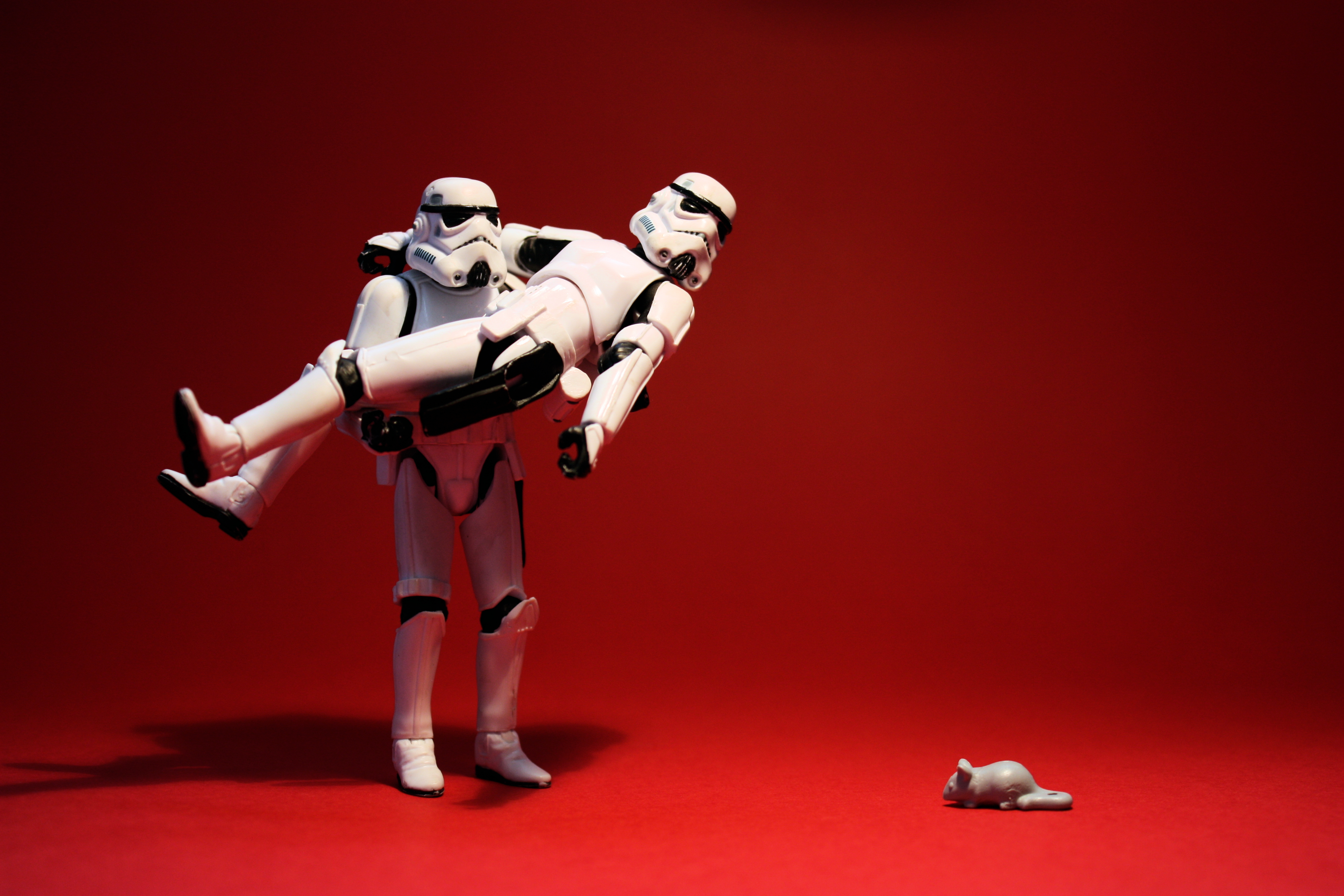
With the release of Episode II, LucasArts, Lucasfilm, LucasBooks, Del Rey and other publishers were finally given the green light to provide Expanded Universe stories in this particular setting, something they did with gleeful abandon – this three-year era is perhaps the most filled era in the entirety of the EU. It is something that happened in waves, so before I begin to explore them it’s best if I give you some details of these waves, and their dates:
3rd October 2008 – Star Wars: The Clone Wars (animated television series) begins to air on television.
(All dates are listed at the earliest possible date they were available to the public, and are sourced by Wookieepedia. Any omissions 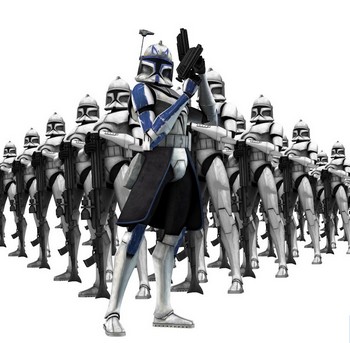 or incorrect dates are … entirely someone else’s fault. I take no responsibility whatsoever!) But there are omissions, by my own choice. As I’ve said, I’m omitting comics from this discussion for sake of clarity. Otherwise that list would look a lot more clouded. Too, you will notice that a few of those books have ‘A Clone Wars Novel’ in their title. Indeed, all of them are clone wars novels, or tied to them (or this post in some form), but the stamp ‘A Clone Wars Novel’ is to recognise that they were a part of a multimedia project, consisting of games, books, toys and a TV series – and were, as I call it, part of the first wave.
or incorrect dates are … entirely someone else’s fault. I take no responsibility whatsoever!) But there are omissions, by my own choice. As I’ve said, I’m omitting comics from this discussion for sake of clarity. Otherwise that list would look a lot more clouded. Too, you will notice that a few of those books have ‘A Clone Wars Novel’ in their title. Indeed, all of them are clone wars novels, or tied to them (or this post in some form), but the stamp ‘A Clone Wars Novel’ is to recognise that they were a part of a multimedia project, consisting of games, books, toys and a TV series – and were, as I call it, part of the first wave.
Beyond that, there were also other stories – short stories, novellas and young reader novels – that were tied in, but again for sake of clarity (and at this point, my own sanity) I’ve omitted them. Also excluded are the later tie in novels to Star Wars: The Clone Wars – the CGI animated TV series which is still currently airing, and was mentioned at the beginning of this post, in the form of the Umbara arc. What I have included are the stories which I believe to be most pertinent to this topic. Let me discuss these waves.
In this wave, I include the AotC film and novelisation, the A Clone Wars Novel(s), The Clone Wars (video game) and Star Wars: Clone Wars (animated TV series by Genndy Tartakovsky). The film I’ve covered (and the novelisation is pretty much the same), so I’ll talk about the A Clone Wars Novel(s). The beginning of this series, Shatterpoint, while a decent enough book (you can read my thoughts on the book in an earlier review on this site), didn’t really involve clones until the very end, and their presence isn’t particularly noteworthy. The same can be said for Jedi Trial and Yoda: Dark Rendezvous.
The books that really stand out in terms of giving the clones page time and characterisation are the MedStar duology and The Cestus Deception. The Cestus Deception features a clone that goes by several names: CT-96/298, A-98, Nate and later Jangotat. Nate 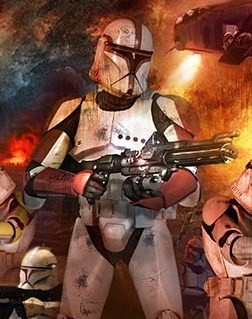 distinguished himself at the battle of Geonosis, saving a squad from a defective enemy droid. He earned a promotion from that act, but in a later mission he suffered a terrible injury and had to spend some time in a medical facility*, receiving extensive treatment. After that, he was then posted to Vandor 3 to receive further training. After which he was placed in command of a squad of republic commandos (their first appearance), during the events of Cestus Deception on Ord Mantell where he was ordered to destroy a droid factory, as well as foment and then aid a rebellion. It was during these events that he met a woman by the name of Sheeka Tull, who became frustrated by his lack of humanity, indeed even a lack of joie de vivre beyond carrying out his orders, and she endeavoured to show him a life beyond duty to the Republic. It was due to these attempts that he gained a new sense of morality and perspective in his otherwise preordained life as a clone soldier. I tend to think of this as Star Wars: My Fair (Clone) Lady.
distinguished himself at the battle of Geonosis, saving a squad from a defective enemy droid. He earned a promotion from that act, but in a later mission he suffered a terrible injury and had to spend some time in a medical facility*, receiving extensive treatment. After that, he was then posted to Vandor 3 to receive further training. After which he was placed in command of a squad of republic commandos (their first appearance), during the events of Cestus Deception on Ord Mantell where he was ordered to destroy a droid factory, as well as foment and then aid a rebellion. It was during these events that he met a woman by the name of Sheeka Tull, who became frustrated by his lack of humanity, indeed even a lack of joie de vivre beyond carrying out his orders, and she endeavoured to show him a life beyond duty to the Republic. It was due to these attempts that he gained a new sense of morality and perspective in his otherwise preordained life as a clone soldier. I tend to think of this as Star Wars: My Fair (Clone) Lady.
*In the later Republic Commando series by Karen Traviss, it’s interesting to note that one main character was almost euthanised by army medics because his injuries were too severe, and it was heavily implied that this practice was common throughout the Grand Army of the Republic (GAR). This idea is at odds with earlier stories, like this one, and the MedStar duology.
The other example from this series is the MedStar duology. These two books focus on a group of army medics and surgeons posted on an unremarkable world, where they carried out their work treating and fixing wounded military personnel. One surgeon in particular, Jos Vondar, held the opinion that the clones he treated as somewhat less than human, and were basically ‘meat-droids’, and when he tells one clone that one of his comrades is dead, he is surprised to learn from Jedi Padawan Barriss Offee, whom was also stationed there for a short time, that this clone was grieving for his lost kin. Indeed, he was surprised that he could grieve at all. Unfortunately, no clones are featured as a main protagonist in this book, and this revelation is only a part of this character’s arc, and so it’s not delved into too much.
But this is one of the aspects that I mean to bring to attention, here. This idea that the clones are just empty vessels without thoughts or opinions, even feelings, outside of their designated area of expertise seems like such a waste of possibilities. In and of itself, the fact  that they’re empty can be considered a part of their character, but from a storytelling point of view, even possibly a scientific point of view, it doesn’t add up. We, as humans, are designed to be inquisitive, and to be free thinkers, and it’s those traits which help real world soldiers become good soldiers. So it seems unlikely that the cloners, the Kaminoans, would breed something so vital out of them. And, indeed, they didn’t. In Attack of the Clones, Prime Minister Lama Su tells Obi-Wan Kenobi that clones can think creatively, and as such are superior to droids. Though he does go on to say that they modified the clones to be less independent (than the original host – Jango Fett). I argue that independent thought and creative thought are interconnected, and so they’d still be independent enough to think for themselves. I can’t help but think the portrayal of clones in the earlier books as flawed. And the thought of a docile soldier seems a tad oxymoronic, too. This thought is expanded upon in later books. This leads me to believe that while they are bred to be a certain way, they are further indoctrinated into being more obedient and docile.
that they’re empty can be considered a part of their character, but from a storytelling point of view, even possibly a scientific point of view, it doesn’t add up. We, as humans, are designed to be inquisitive, and to be free thinkers, and it’s those traits which help real world soldiers become good soldiers. So it seems unlikely that the cloners, the Kaminoans, would breed something so vital out of them. And, indeed, they didn’t. In Attack of the Clones, Prime Minister Lama Su tells Obi-Wan Kenobi that clones can think creatively, and as such are superior to droids. Though he does go on to say that they modified the clones to be less independent (than the original host – Jango Fett). I argue that independent thought and creative thought are interconnected, and so they’d still be independent enough to think for themselves. I can’t help but think the portrayal of clones in the earlier books as flawed. And the thought of a docile soldier seems a tad oxymoronic, too. This thought is expanded upon in later books. This leads me to believe that while they are bred to be a certain way, they are further indoctrinated into being more obedient and docile.
The other sources in this section, the game and the animated series, don’t add much to this discussion. The game focuses on Obi-Wan Kenobi and Anakin Skywalker, and not the clones. Again, this is understandable. And is something the A Clone Wars Novels did, too: focus on the heroes in the piece. This is quite normal, and I can’t fault it. This is Star Wars, after all. The Genndy Tartakovsky series didn’t have much time per episode to devote towards characterisation of anyone. Though it is interesting to note that the artists (according to the audio commentary of Series 1 Chapter 3) studied footage of how real world special forces acted in real combat situations, so that the special forces clones in the episode would act realistically. That, and it established that they didn’t much like rats, and had a shoot on sight policy regarding them …
In wave II, I include the following: Labyrinth of Evil, Revenge of the Sith (film and novelisation, though I include them as one), Battlefront II and Dark Lord: The Rise of Darth Vader. Labyrinth of Evil, Revenge of the Sith (novelisation) and Dark Lord are often 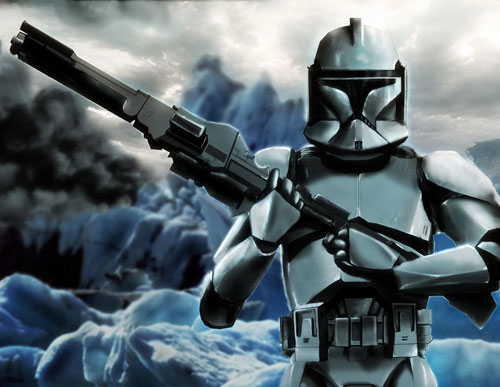 grouped together and called the Dark Lord Trilogy. Again, they don’t focus on the clones, so much, but we are given a touch more of their collective characterisation. But it should be said that they continue the line of thought started in the books of wave I. It’s noted, in brief snippets across the trilogy (and in several factual books), that the clones developed individuality under the guidance of their Jedi officers. Roughly a year after the war began, many clones began to adopt nicknames for themselves, or the Jedi named them – much like Nate – and customised their armor with designs, or shaved their hair in a way other than the standard military haircut. This is at odds with later portrayals, but I’ll speak on that in a minute. Hopefully you’re still awake. In Battlefront II, we are given glimpses, through pre- and post-mission soliloquies by an unnamed clone trooper (or perhaps several), and are given insights into their way of thinking. But, otherwise, not much can be said that hasn’t been said already.
grouped together and called the Dark Lord Trilogy. Again, they don’t focus on the clones, so much, but we are given a touch more of their collective characterisation. But it should be said that they continue the line of thought started in the books of wave I. It’s noted, in brief snippets across the trilogy (and in several factual books), that the clones developed individuality under the guidance of their Jedi officers. Roughly a year after the war began, many clones began to adopt nicknames for themselves, or the Jedi named them – much like Nate – and customised their armor with designs, or shaved their hair in a way other than the standard military haircut. This is at odds with later portrayals, but I’ll speak on that in a minute. Hopefully you’re still awake. In Battlefront II, we are given glimpses, through pre- and post-mission soliloquies by an unnamed clone trooper (or perhaps several), and are given insights into their way of thinking. But, otherwise, not much can be said that hasn’t been said already.
Wave III consists of what I consider to be two of the key aspects of clone characterisation. And one that I included just to satisfy the completionist in me. That one being the The Clone Wars film and novelisation (and the ensuing books series). And the two big daddies being the Republic Commando game and book series, and the The Clone Wars animated TV series. The RC series is one in which I must tread carefully, as it has proved quite a volatile subject in the past, and most likely will do so in the future. This is, in part, due to the actions of the author, on the now closed starwars.com forums, who was known to have frequented them. I won’t go into too much detail, but suffice to say that her supposed (a word which is vital in this instance) anti-Jedi stance, put forward in the books, and defended on the forums (going so far as to call those who disagreed ‘racists’, for example) was quite notorious, back in the day.
To me, the fact that the clones were underutilised in past stories is no one’s fault – though considering it’s the Clone Wars, you’d think more would be said about the clones – and that they were portrayed in such a way is lamentable (one could say it’s a Traviss-ty). The author of the RC books, however, goes some way to provide balance, but was a tad overzealous in her attempt. It was only until The Clone Wars animated TV series that, I feel, we got true balance.
The Republic Commando game is single player, it’s story based missions detailed the battles fought by Delta Squad, a four man group of republic commandos, over the three years of the war, starting with the battle of Geonosis (first battle of Geonosis, I should say) and culminating with events leading up to the battle of Kashyyyk, seen in Episode III. The character the gamer plays as, Boss, was voiced by Temuera Morrison – the man who played Jango Fett and lent his voice and appearance to the clones in the movies. However, it is interesting to note that other people voiced the other squad members. RC-1262 – Scorch, named because he accidentally burned off his training sergeant’s eyebrows – was voiced by Raphael Sbarge. Scorch had a jovial personality, and was considered by some to be the heart and soul of the squad. RC-1207 – Sev – was voiced by Jonathon Cook. He often pushed himself into exhaustion during training, and was regarded as a fierce – some would say intense – hunter. RC-1140 – Fixer, for his technological skills – was voiced by Andrew Chaikin. He was described as pure and uncomplicated by his Kaminoan project co-ordinator, Taun We. This somewhat broke the mold, when it was released.
In Clone Wars, the clones were voiced by the same man. Yet it’s revealed in an interview with several people who worked on the game (in an unlockable bonus feature on the game disc) that this was done purposefully so that people could differentiate the clones, and give them more character. To enhance this, the decision was made to give them all different colored markings on their armor. (Something touched on in earlier books, as stated above, but the difference is the decision was made by the clones themselves to alter their armor.) This, really, was the first time the clones had been explored at length, and they wanted to give them as much character as possible. It had quite an avalanche effect.
It spawned the tie in novels of the RC series (technically the first book, Hard Contact, was released first, but it’s normal that tie in books are released before the main ‘event’), which further explored the clones, this time in the form of Omega Squad, another group of four commandos and their fight through the war. It delved further into the concept of clones being used as slaves, in a supposed slave army, and the books themselves had a distinct anti-Jedi stance (though the last book in the series, Imperial Commando: 501st, goes some way to reiterate what was stated in past books in a more balanced and lenient way – and explains that the characters were inclined to think more harshly about the Jedi than they perhaps should have. I call the book Imperial Commando: The Apology.), and explores how the clones are thought of by the general public, and how they’re viewed by the Jedi and non-clone, military personnel. In short, not very well. However, it has been established, both earlier and after these books, and in factual books, that the Jedi weren’t as happy with the situation, either.
Then came Star Wars: The Clone Wars. Once again, this is something that divides the fan community. Some think it’s the worst thing ever for Star Wars, and it’s ruined the franchise completely. Some love it and forgive it all its flaws, and to some it’s the be all and end all of Star Wars. Personally, I’m somewhere in the middle. I look at it on an episode by episode basis. It was okay for the first season or two, but not particularly great. In the past couple of seasons, I feel, it’s really stepped up a notch. Yes, there have been some stinkers in the recent past (and indeed the far past), but I do feel that they are getting better. But, to be perfectly honest, I still sometimes shrug my shoulders and give a great big ‘meh’.
But one area the makers excel, one of the best things about the shows, is, as you may have guessed, the clones. They feature heavily in the show, and are really the heart and soul of it. They’re not ignored. They’ve got personalities, they’re funny, charming, lovably uncomfortable in certain situations, and some are downright psychotic. They provide most of the entertainment of the show, and are not just meat-droids, but are actual human beings, and it is fantastic! In The Clone Wars, they’re finally given their due.
This is what drives me to write this piece, and to say that, like the show or not, you can’t deny that the show does provide a balance between the Jedi and the clones. We have episodes like the aforementioned Umbara arc, as well as “Rookies”, and “The Deserter”, “Clone Cadets”, and “ARC Troopers”. We get clones who betray their own kin and join the Separatists because they believe the war and how they’re treated is unjust. We get a clone who deserts to start a family. We get clones who are forced to go against a wayward Jedi (and we see how clones could easily shoot the Jedi in Order 66). We get, amusingly enough, all the good bits of the RC series, yet in moderation. I think this is to be celebrated, and that’s the reason I write this.
Author: admin
The Star Wars Report: A Star Wars Podcasting Network and Website.

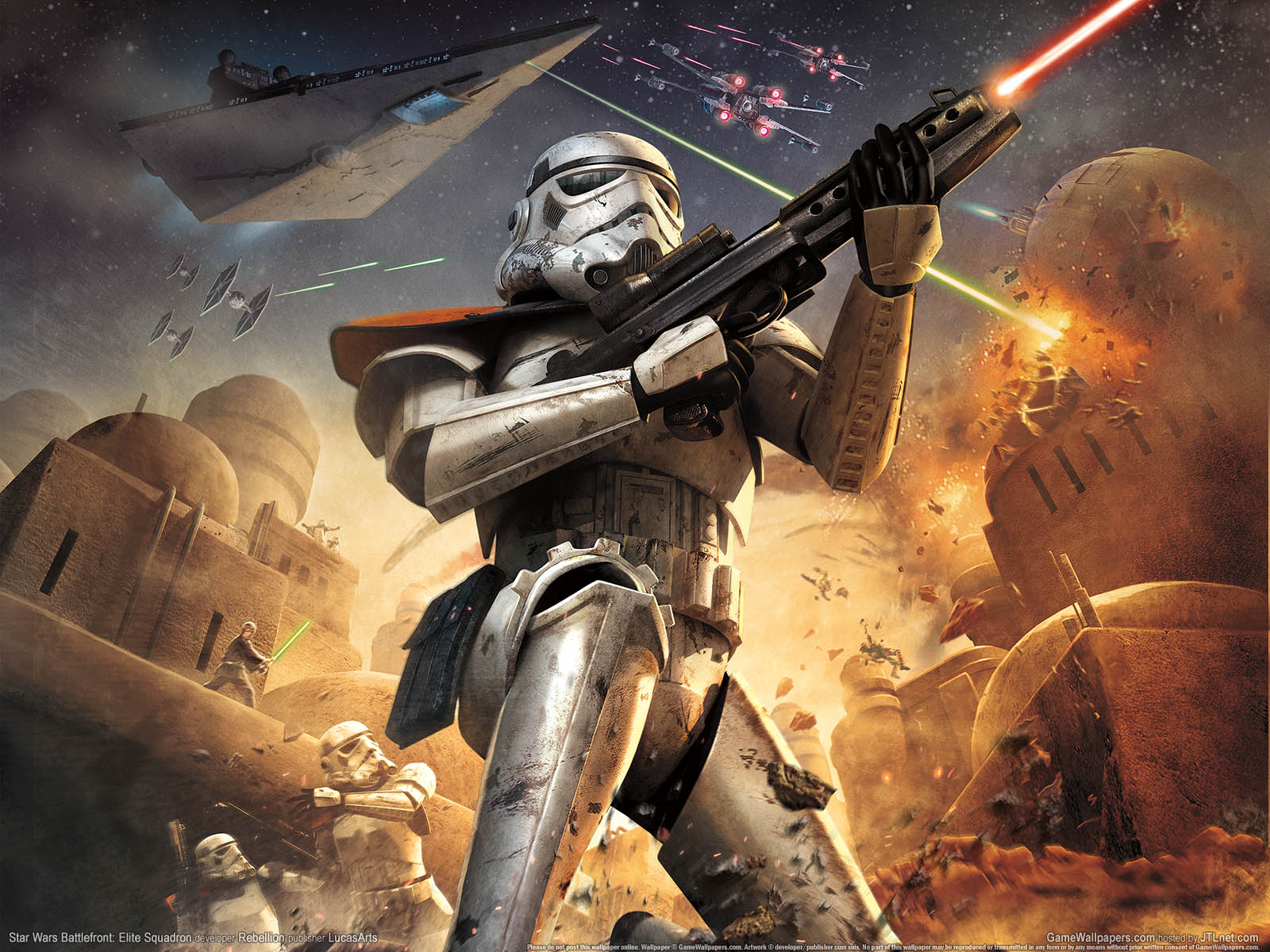
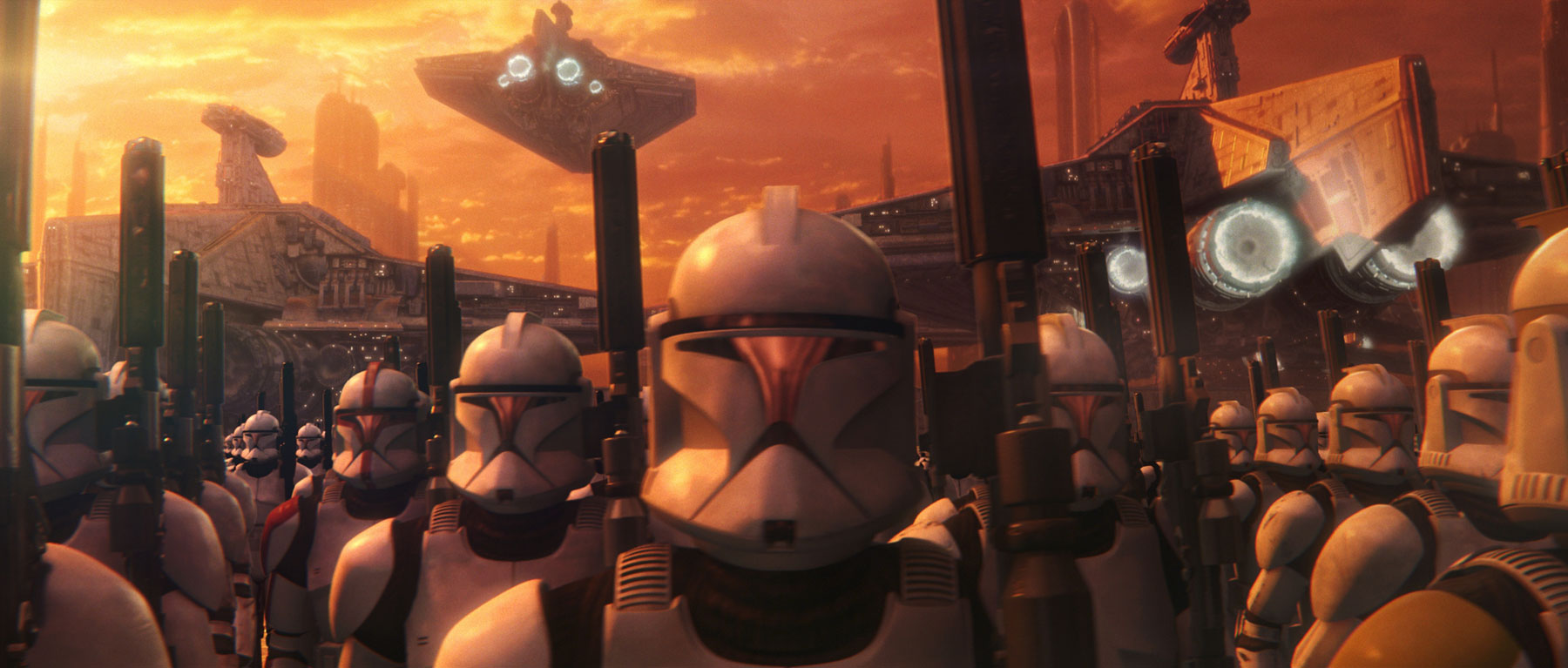
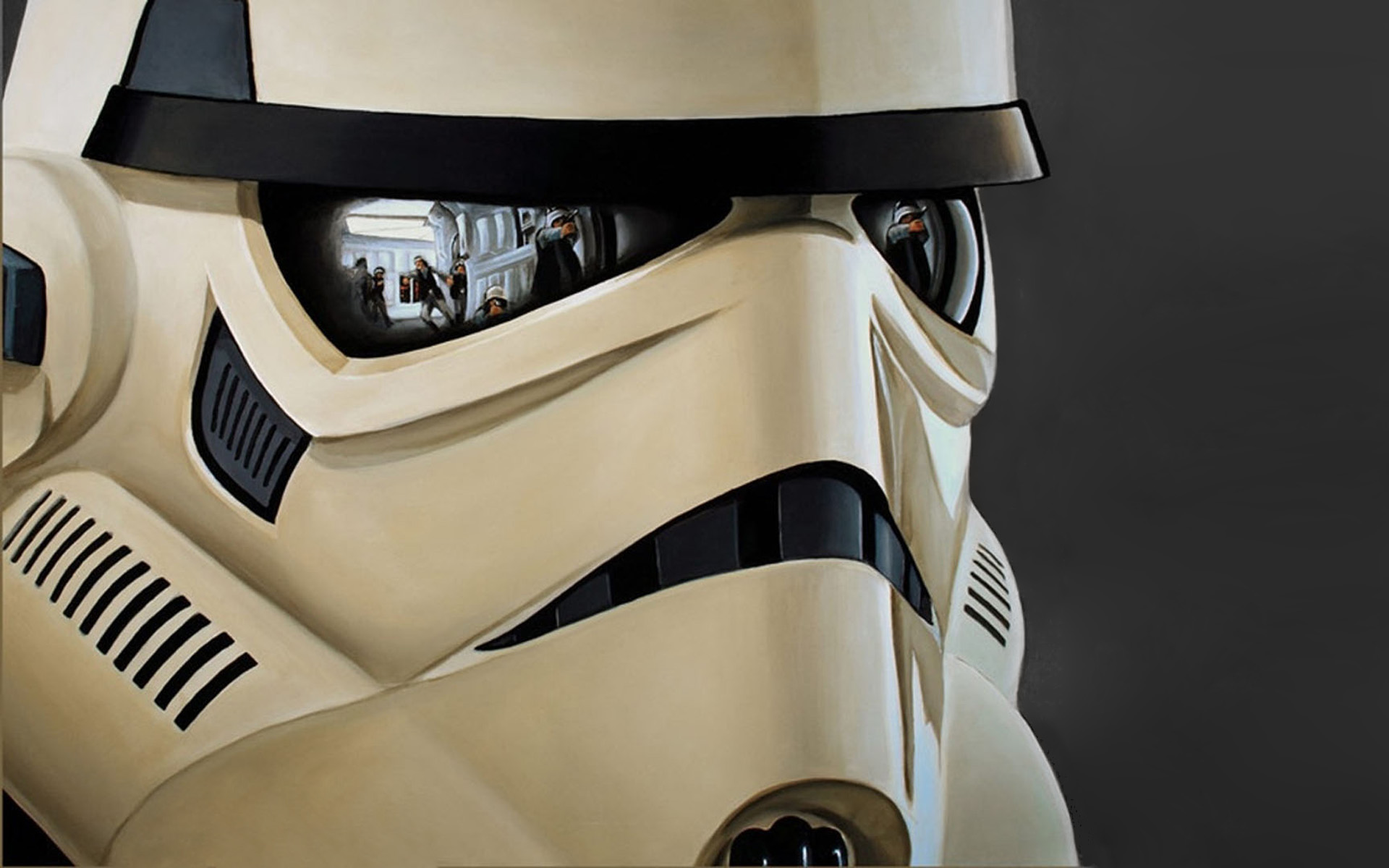
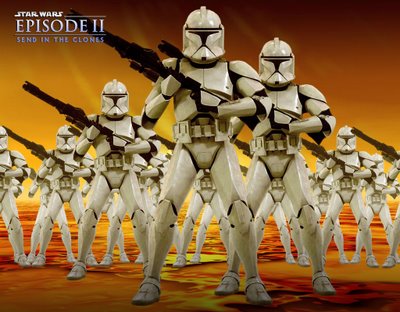
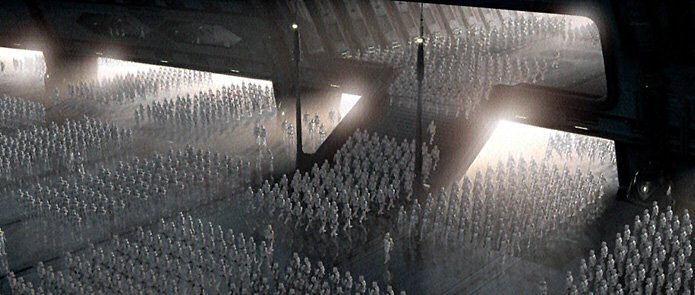
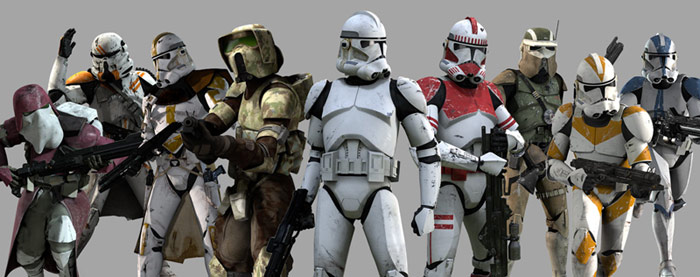
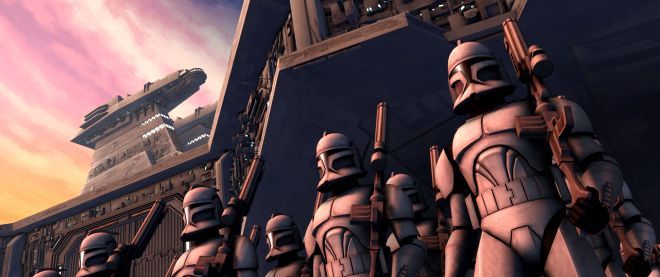
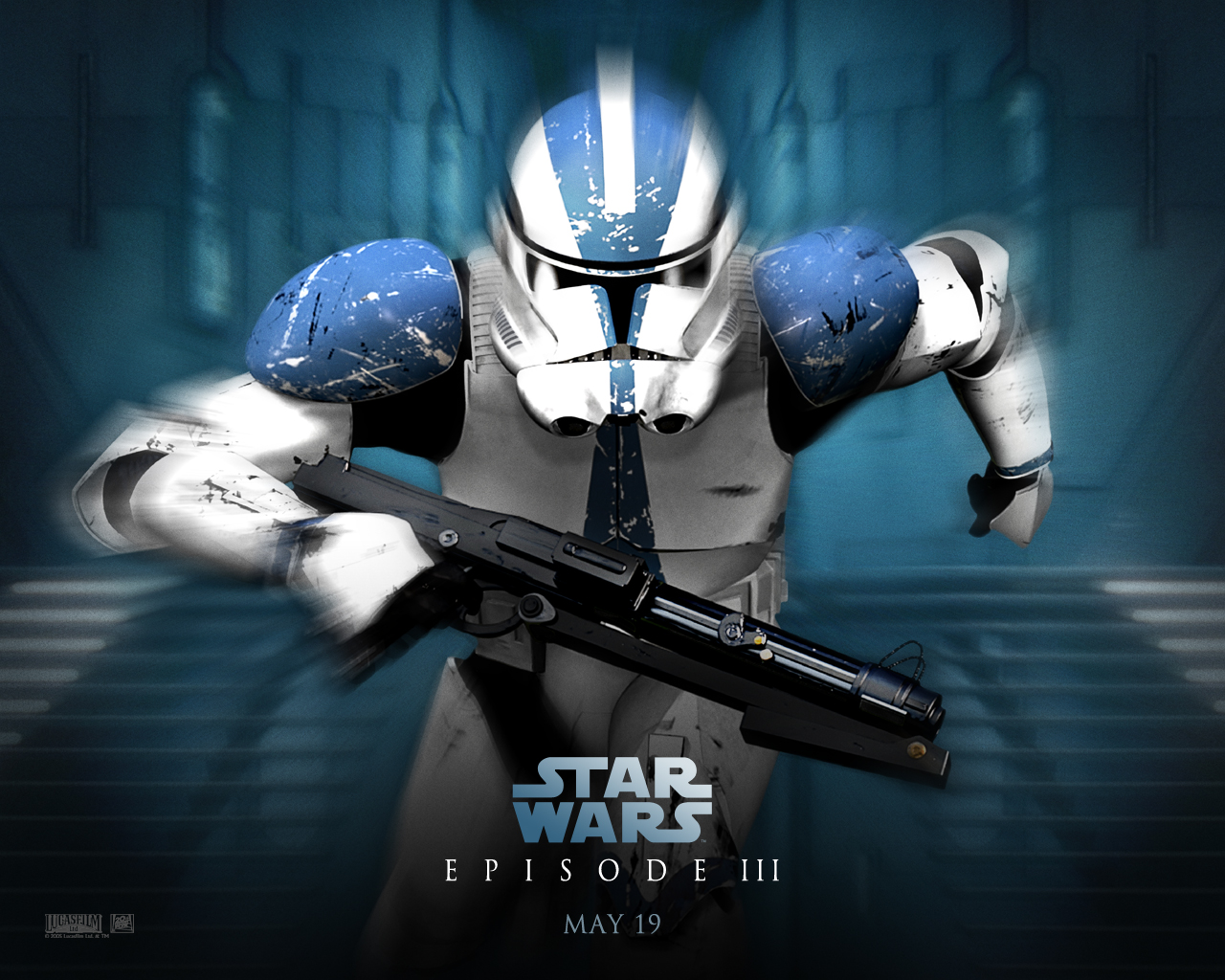
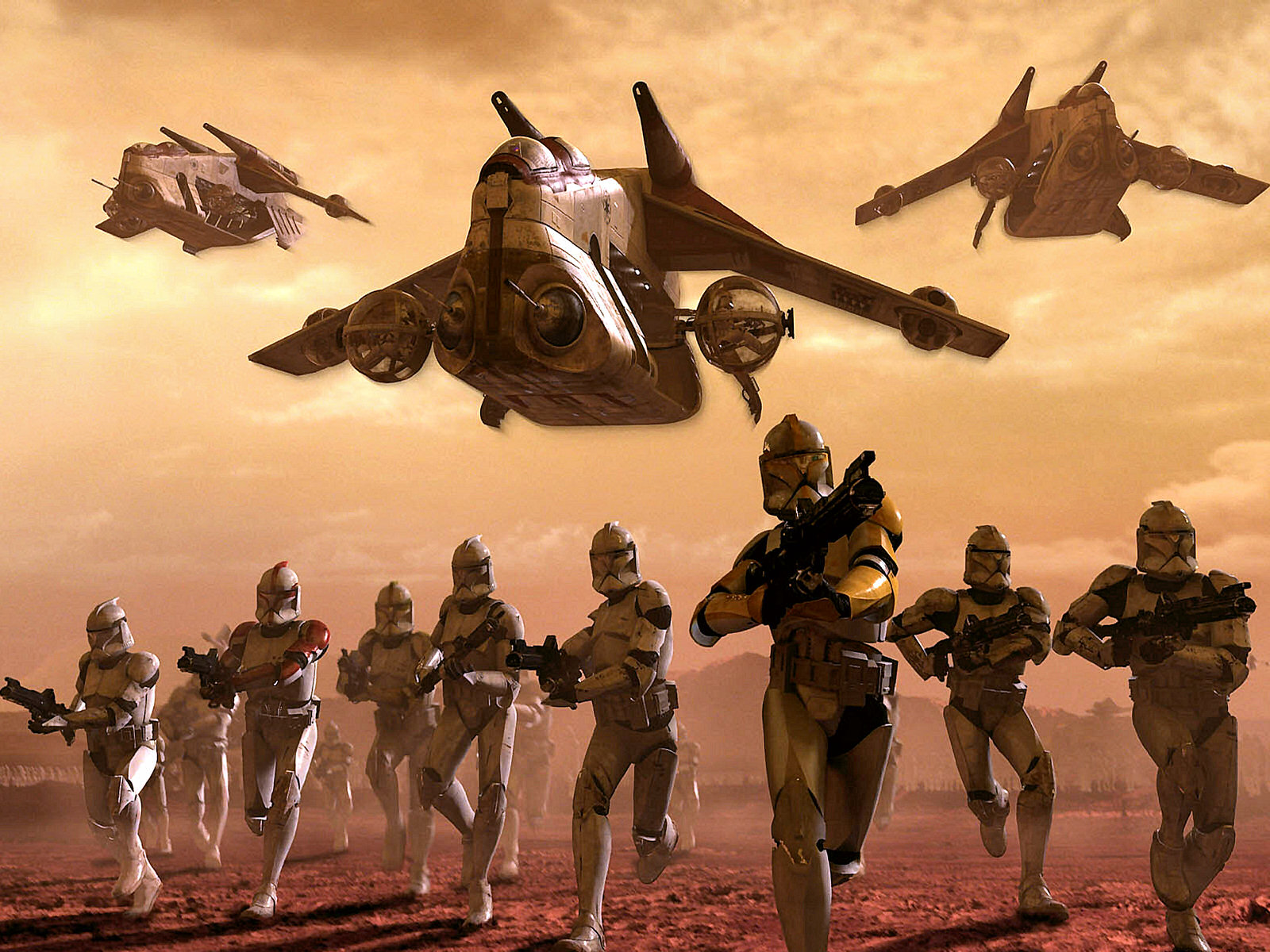
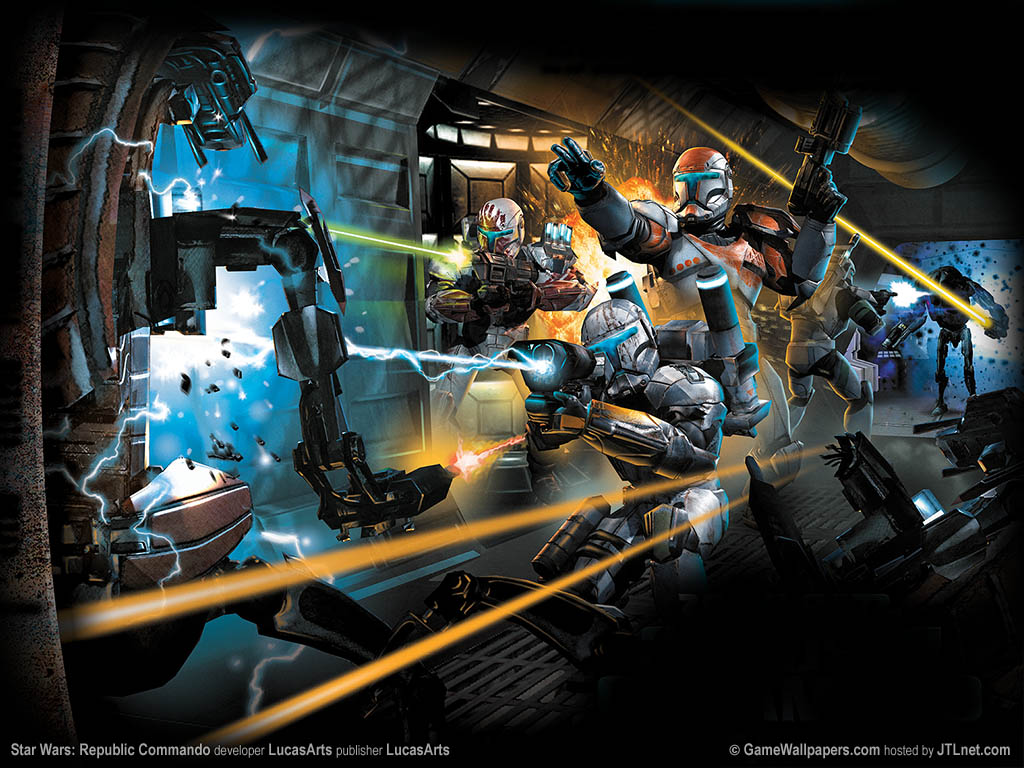
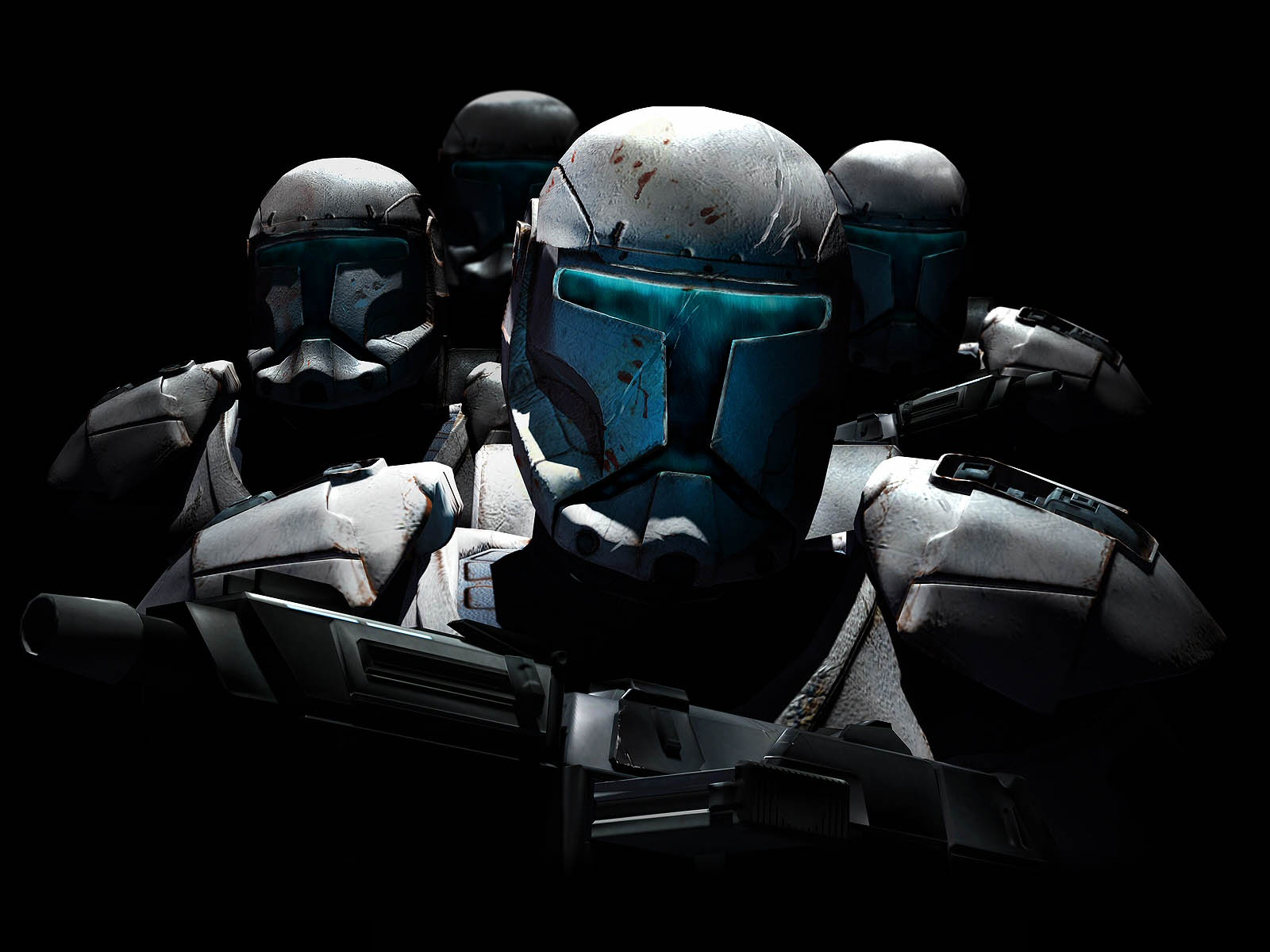
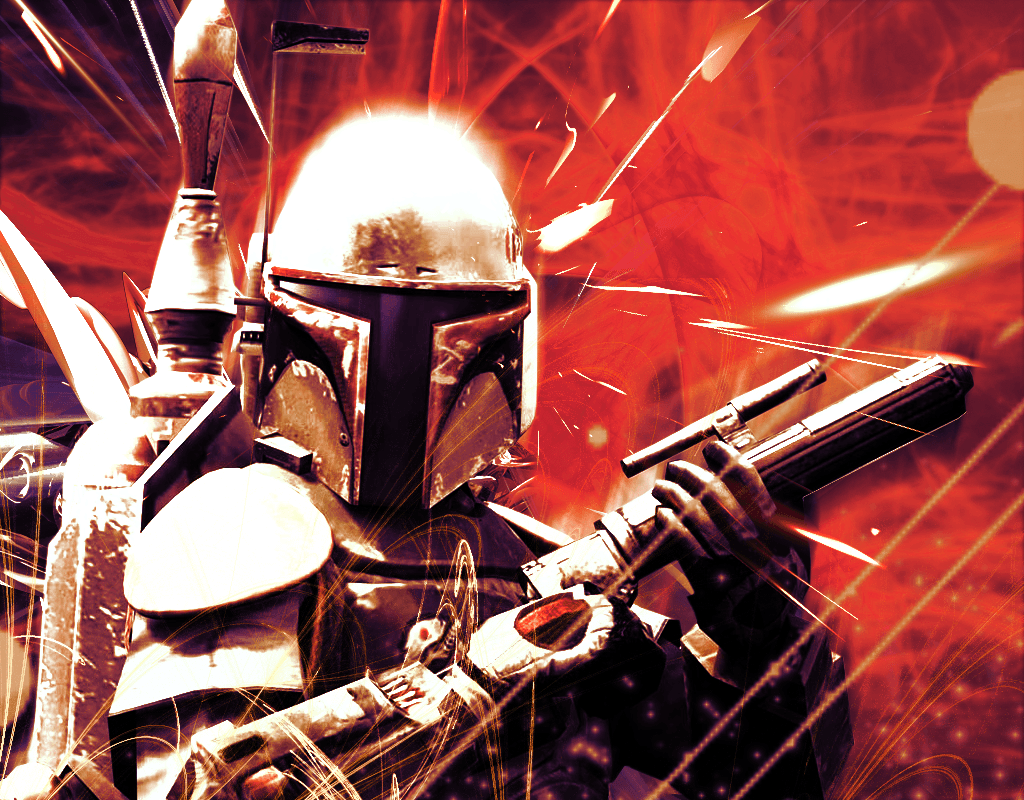
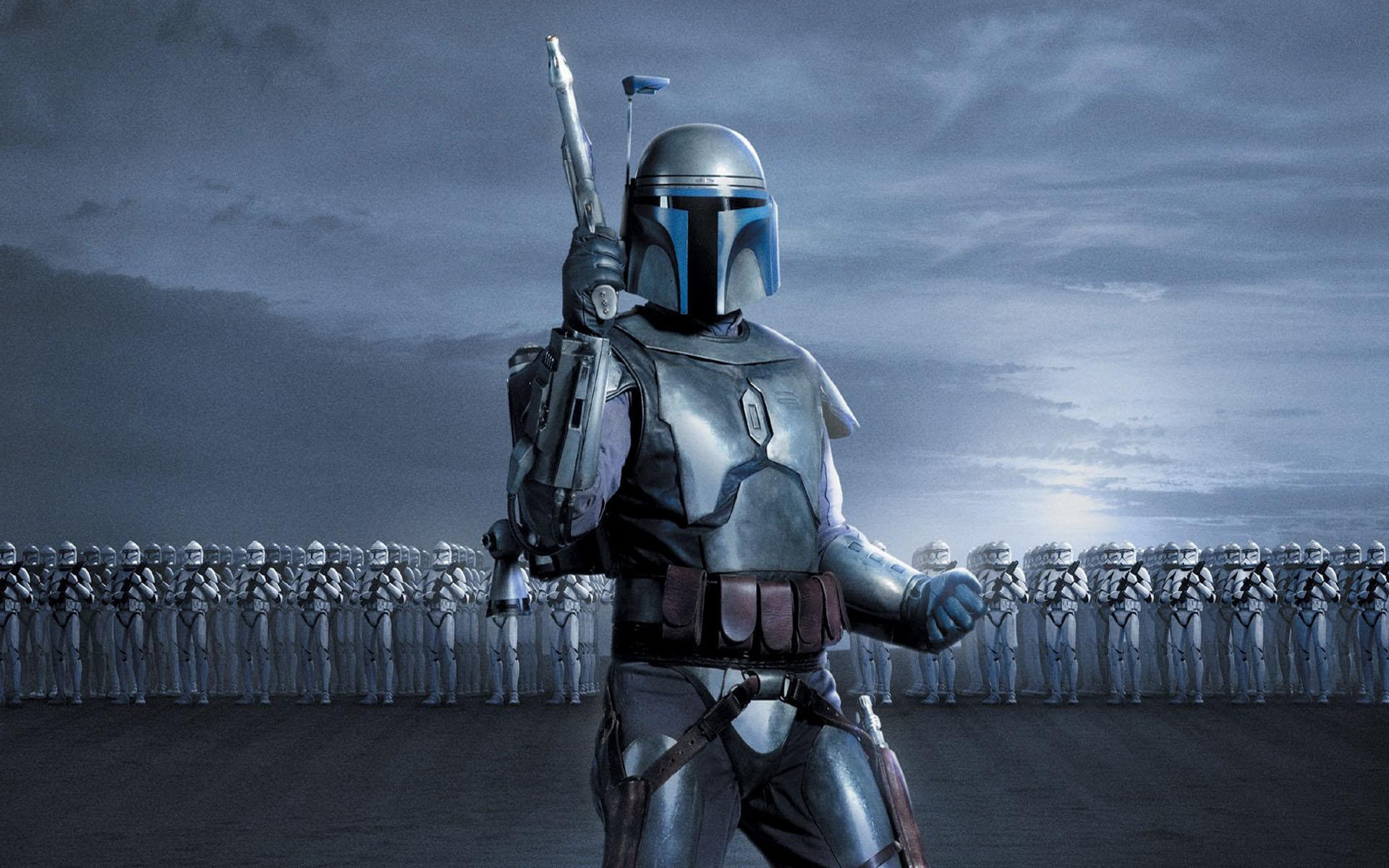
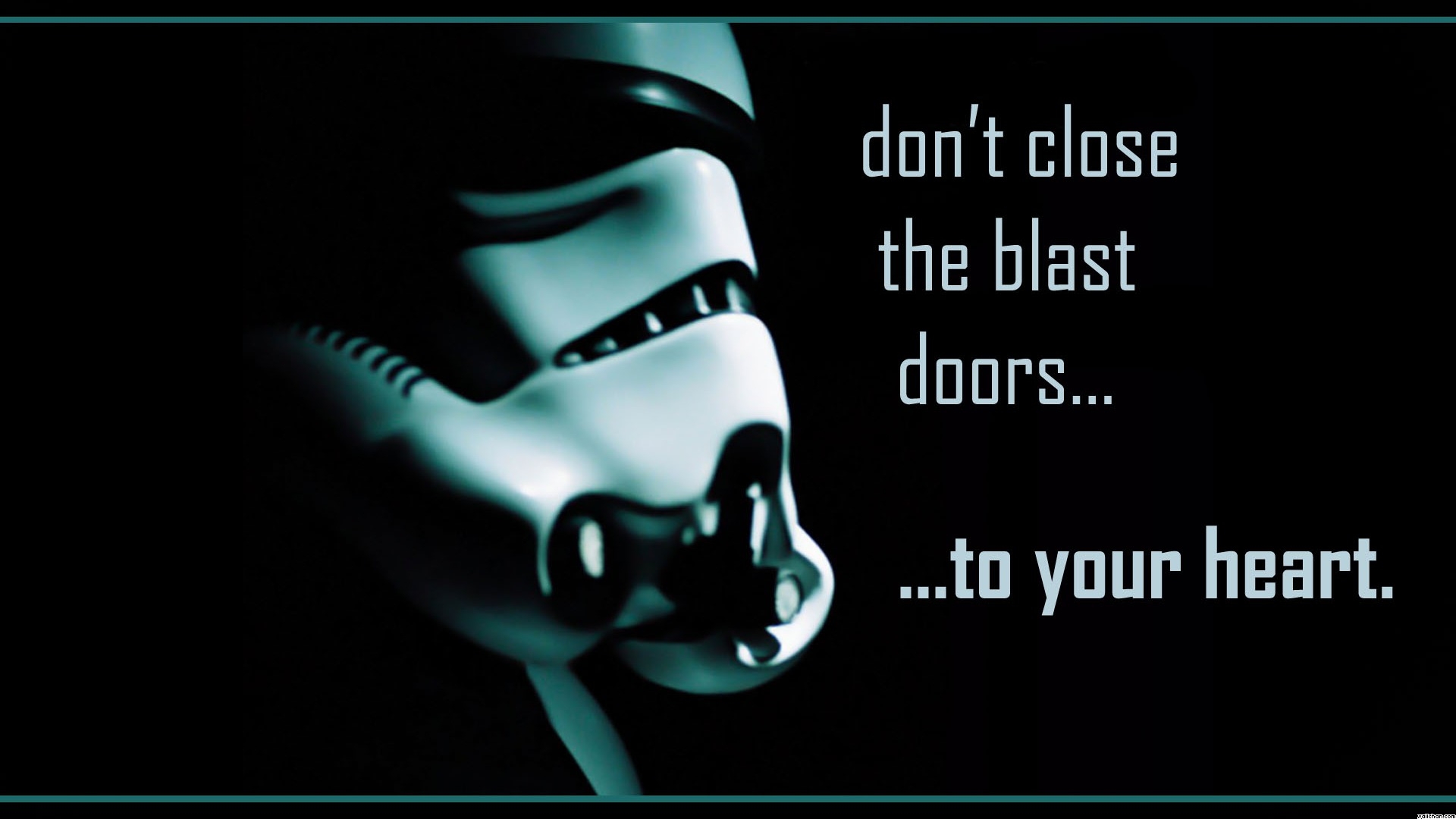
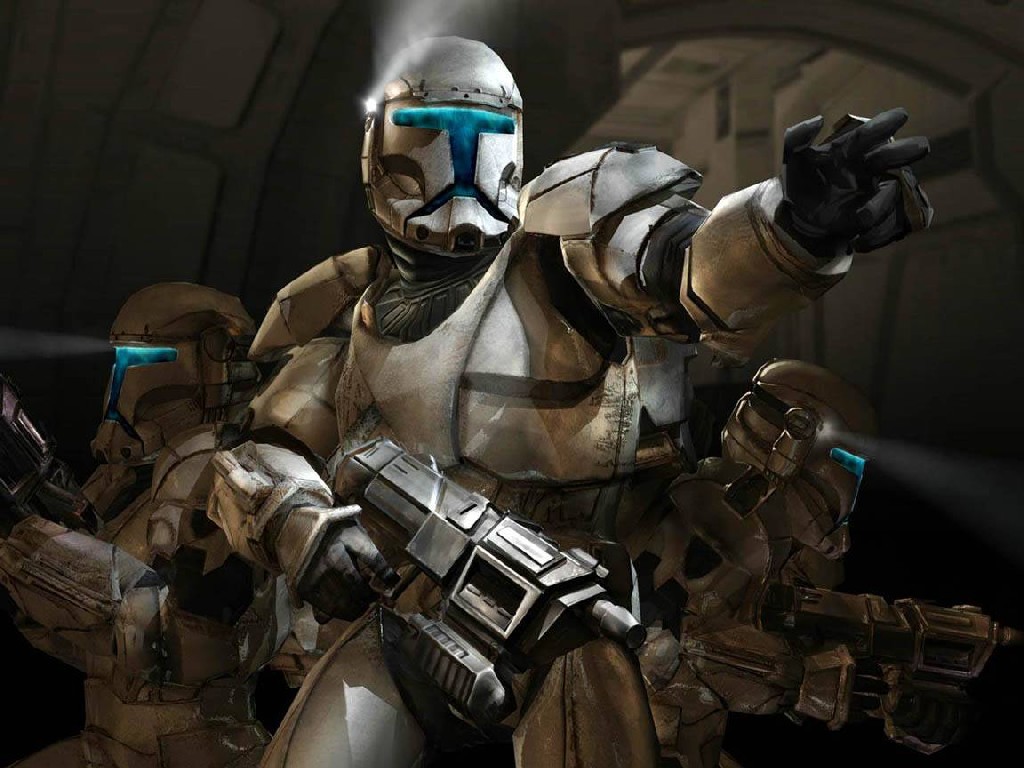
Great article! I was always kind of disappointed that no one in the prequels seemed to have ethical problems with creating a clone army. Looks like I’ll have to read those Republic Commando novels…
Thank you, Cypress! It’s always great to hear positive feedback! And I agree, it was a tad disappointing that it wasn’t addressed – which was one of the reasons I decided to write the article in the first place!
Thank you once again,
Michael
This is a very good history of the Clones!:)
the best thing iv ever seen
Thanks!
it was pretty cool.
I love star wars
nice
Cool.
trees smell
i dont now ho yousuck is but he sucks self
Epic I’m a total star wars fan I love the clones.
so am I
real yeah its very cool the one that set this photos on this site is cool
wow,very good
This is a verey good article. very cool.
Thanks! 🙂